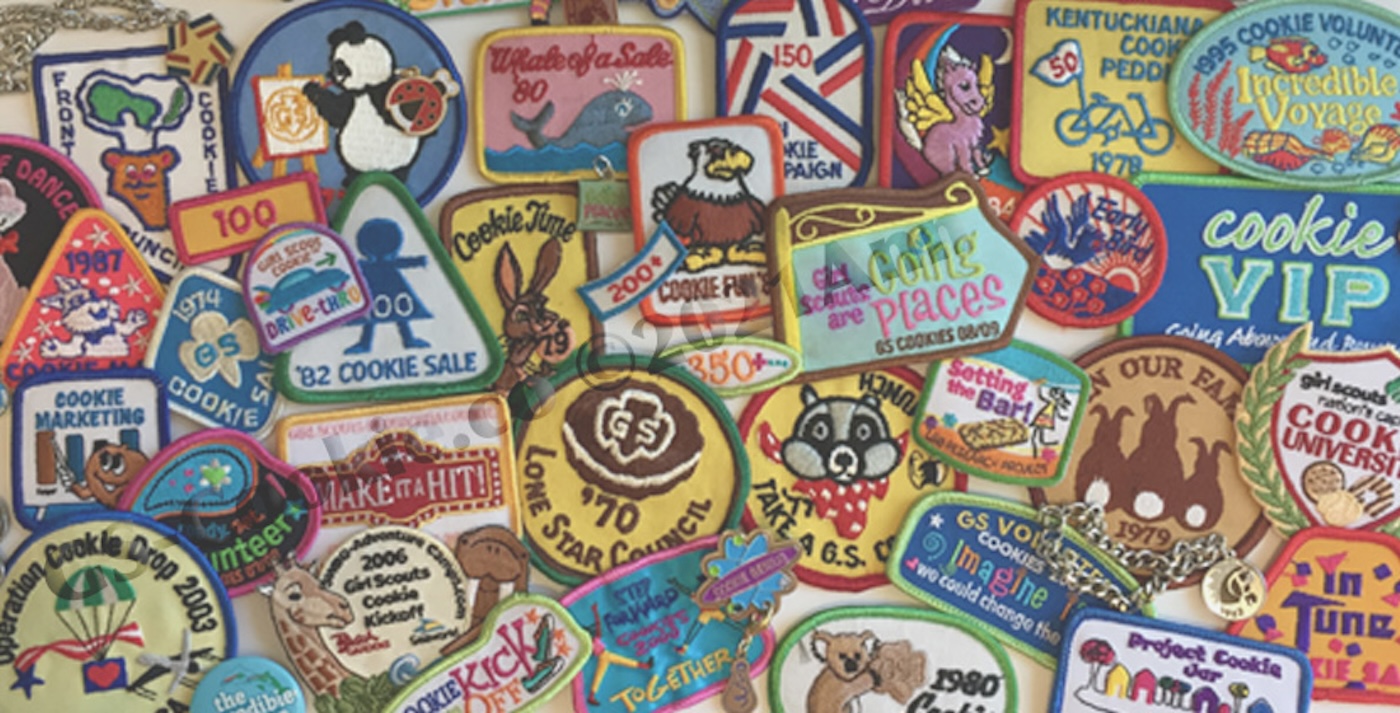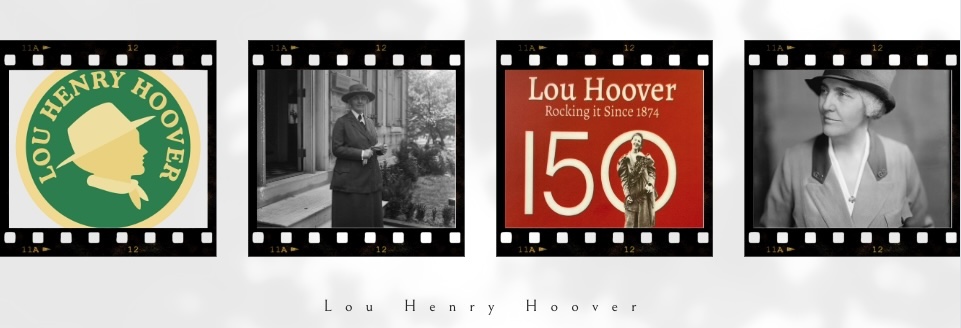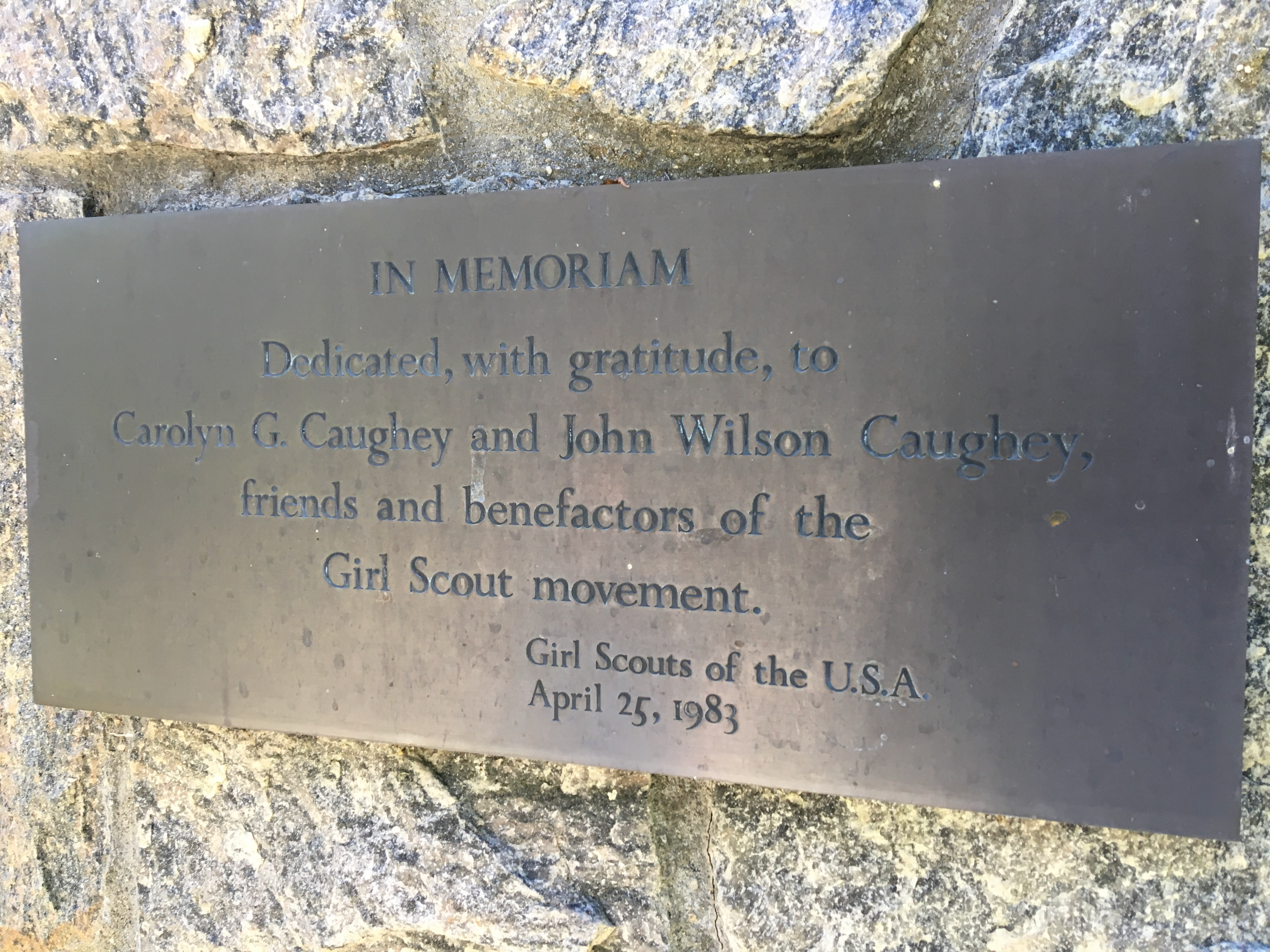Sixty years ago, Good Friday fell on March 27.
Residents of Anchorage, Alaska, were preparing for Friday night dinner when the earth began to shudder at 5:36 pm. For the next three minutes, a 9.2 magnitude earthquake–the second-worst in recorded history–consumed buildings and violently ripped apart much of the city and surrounding communities.

Cookie Season Interrupted
It was Girl Scout cookie season at the time, and troops had set up booths outside grocery stores to catch shoppers planning a special Easter dinner. Merry-Rae Brook Dunn remembers the evening vividly:
I was twelve years old when I was in the Alaskan earthquake. I was with other Girl Scouts selling Girl Scout Cookies at a grocery store when the quake happened. I remembered the Easter Lilies on the top of the counters above us falling down on us, not a good sign. We clung to a floor to ceiling pole at the area we had been allocated to sell cookies. The sharp movement of the quake yanking us back and forth kept us from standing for very long.
1964 Alaskan Earthquake, WordPress, February 25, 2013
The booth was in front of the store, so Merry-Rae and her friends escaped unharmed.

Surveying the Damage
The earthquake dramatically changed the topography of southern Alaska. Terrain shifted, raising some ares by 30 feet, dropping others 8 feet. “In Seattle,” according to the Anchorage Daily News, “people atop the Space Needle could feel it sway, while the entire planet vibrated and Florida moved a couple of inches.”
Communities lost power for weeks. The “Million Dollar Bridge” spanning the Copper River collapsed, further crippling already sparse infrastructure.


Aftershocks, some more than 6.2 magnitude, continued for days. Many families had to prepare to evacuate ahead of a 27-foot high tsunami that erased some coastal communities. Most of the 131 deaths were caused by the tsunami.
Girl Scouts Respond
Anchorage was part of the Susitna Girl Scout Council, one of four in Alaska. In 1961, there were fewer than 5,000 Girl Scouts (girls and adults) registered in the entire state.
Girl Scout councils across the United States immediately wanted to help troops in the affected area, but the national headquarters discouraged donations of blankets, food, and other items. Given the remote nature of many Alaskan communities, deliveries posed challenges even in the best of circumstances. Instead, a relief fund was established for cash donations that would be spent as needed. The council pledged to run summer camps that year.
Susitna Council asked girls to report how they had used their Girl Scout skills in the days following the earthquake. Their replies reflect their training in first aid, outdoor cooking, fire building, and improvised sanitation.
“Scouting helped me by the discussions we had about keeping calm in a disaster and the methods of purifying water. We got snow at first and … melted it on our camp stove.”
Paula H.
“When we were moving things into the living room, in case of evacuation, such as pillows, blankets, clothes, and food; Girl Scouting helped me to decide what was too bulky and what we really needed. It helped me to think of others–not only of myself and to keep my brother as cheerful as possible, since the stillness was unbearable.”
Sue R.




“I knew how to help and to do what was directed, instead of what I thought. I had more confidence in myself and I knew that I could have helped if someone had gotten hurt.”
Ruth C.
Thanks to their Girl Scout skills, girls stepped forward to handle small emergencies so that adults could deal with major ones. Perhaps most important, the girls knew they could make a difference.
I never really realized how much Scouts could help in a situation like this all of the younger children in my family were crying and scared. Although I was terribly nervous, myself, I tried to comfort them. It looked to me like my mother would collapse any moment. I got her as comfortable as I could and then settled the other children. It took all I had to do this, but I kept it up as well as possible, so as to help my mother.”
Pam P.
Both badges shown are “Quake Safe,” former Council’s Own badges from Orange County CA. They go with the theme.
Source: GSUSA Archives, Alaska Council Histories
For more: https://earthquake.usgs.gov/earthquakes/events/alaska1964/
© 2024 Ann Robertson, writer, editor, Girl Scout historian





Leave a Reply